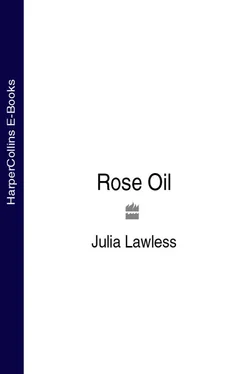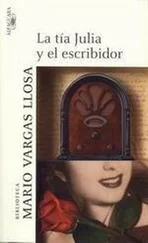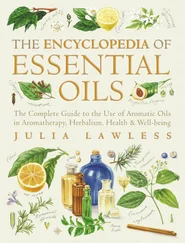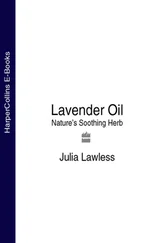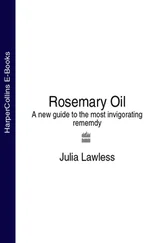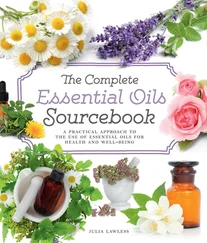Rosa gallica ( R. rubra ) – the ‘Gallic Rose’
Rosa damascena – the ‘Damask Rose’
Rosa centifolia – the ‘Cabbage Rose’
The natural habitat of the Gallic Rose is thought to have been Iran (formerly Persia) and the land between the Black and the Caspian Seas – though its real roots are lost in antiquity. Like the ‘Holy Rose’, the Gallic Rose originally blossomed in its natural wild state as a simple flower with five petals – mostly of a deep pink or ‘rosy’-red colour. Later, how-ever, R. gallica also came to exist in a whole range of different forms or sub-species, the best known being R. gallica var. officinalis – the ‘Apothecary Rose’ or the ‘Red Rose’, a shrub of 90 cm to 1.5 m (3 to 5 ft) high with very fragrant, semi-double deep crimson flowers and yellow anthers (centre). In early times, the petals of this variety were often made into a fragrant powder valued for its pharmaceutical properties. After the Middle Ages it also became known as the ‘French Rose’ or the ‘Rose of Provins’ because it was grown in high quantities in the French region of Provence, mainly for use in perfumery. Varieties of the Gallic Rose are still used for the production of essential oils, for example by the British pioneer microbiologist, Peter Wilde.
The Damask Rose ( Rosa damascena ) – so called because it was presumed to have been brought originally from Damascus in Syria – bears pink or red, very fragrant double flowers with up to 36 petals each, borne on arching stems reaching to 2 m (7 ft) long. This was the rose most used by the early Arab perfume makers, who introduced it to Europe. It is still used to produce a very high quality essential oil, ‘attar of rose’ (and absolute), mainly for use in perfumery. Today it is cultivated on a large scale in Bulgaria and Turkey, and to a lesser extent in Russia, India and Iran. It too has been recorded in many different forms or sub-species, notably the 30-petalled variety, ‘Trigintipetala’.
The Cabbage Rose or ‘Hundred-leaved Rose’ is not, strictly speaking, an ‘Old’ rose despite its long history, being a complex hybrid between the Gallic Rose, the Damask Rose, the wild ‘Dog Rose’, and the ‘Musk Rose’ ( see below ). Its origins are obscure, though it has been found growing wild in the forests of the Caucasus, where double-flowered specimens are common. It has been called the ‘Painter’s Rose’ because it appears in the artwork of so many of the Old Masters. It is a handsome, bushy shrub, generally 90 cm to 1.5 m (3 to 5 ft) high, bearing large blooms with up to 100 petals each, which can be white through to dark red. It produces a rich, sweet-scented oil or absolute for which it is widely cultivated in Turkey and North Africa (Morocco and Tunis). For centuries a type of Cabbage Rose has been grown in the region of Grasse in France and known as the ‘Rose de Mai’ – a hybrid between R. centifolia and R. gallica . This variety can grow to a height of 2 m (7 ft) and has pink to rose-purple flowers. The Cabbage Rose has subsequently given rise to innumerable sub-species, including the ‘Moss Rose’.
Other ancient varieties which are still used for the production of essential oils, but on a smaller scale, include the ‘Dog Rose’ ( Rosa canina ), ‘Sweet Briar’ ( R. rubiginosa ), the ‘Musk Rose’ ( R. moscatta ), the ‘Tea Rose’ ( R. indica ), the ‘White Rose’ ( Rosa x alba ), and the ‘Japanese (or Chinese) Rose’ ( R. rugosa ).
Note : See Appendix Afor a more detailed description of these rose species.

A Medical and Historical Background

Legend, Myth and Symbolism
Red rose, proud rose, and rose of all my days
Come near me while I sing thy ancient ways…
W. B. Yeats ‘The Rose upon the Rood of Time’
For thousands of years the rose has been prized by all cultures alike – indeed, throughout the ages no flower has enjoyed such favour! Classical texts from both East and West contain numerous references to the rose, and a whole range of myths has sprung up and flourished regarding its origins and symbolism. The symbolism of the rose is perhaps one of the richest and most complex associated with any plant, with a universal appeal that transcends time and cultures. As a powerful image of the heart or soul of humanity, the rose has always represented ‘love’, ‘beauty’ and ‘divinity’ along with many other attributes.
‘By thy scent my soul is ravished…’ wrote the poet Sadi. He, like many other great Persian writers, saw the rose not only as an object of great physical beauty but also as a symbol of spiritual attainment and transcendent desire. In the Avesta , the sacred book of Persia which forms the basis of one of the world’s oldest religions, the rose is honoured as ‘a messenger of the garden of souls’. Rumi (the great thirteenth-century Sufi mystic and poet) called the rose a ‘wise loveliness’, and a manifestation of the experience of the eternal ‘Beloved’:
Like a rose, I smile with all my body, not only with my mouth,
For I am – without myself – alone with the King of the World
Rumi, Divan-e-Kabir
Among the Sufis, the experience of the sacred was intimately associated with the form and scent of the rose, and the Persian alchemist and mystic Avicenna dedicated a whole book to the virtues of his favoured plant. According to one Persian legend, the nightingale fell in love with the white rose and flew down to embrace it. But she pierced her breast upon its sharp thorns, and from the drops of blood falling on the earth there grew the first deep crimson rose:
… And above all, the repeated splendours of glowing dawns, the profusion of rose gardens, white roses and red roses, the shades of the rose bushes, the divine presence flashing in the brilliance of a red rose . 1
Ancient Persia is thought to be the birthplace of the cultivated rose, and the first place where roses were planted in beautifully laid out gardens. When the Moslem Arabs conquered Persia in the sixth century, they were so enamoured with the cultivated roses which they found growing there that Islam adopted the rose as central to its own tradition. Indeed, according to Arabic legend, when the prophet Muhammad was taken to heaven a drop of his sweat fell to earth and this became the first rose! In another story, roses come not from the prophet but from the perspiration of a lady, Joun, whose skin is white at dawn but rosy at midday. Later, as the Moslem religion spread to large areas of the known world, the love of the rose went too.
As early as 900 BC, Homer described in the Iliad that the shield of Achilles was decorated with roses – as were the shields of the ancient Persian warriors. In addition, the custom which is still known today of strewing roses on the graves of the dead can be traced back to this period. In ancient Greece the rose was held sacred to Aphrodite, goddess of love and beauty. According to Greek legend, the first rose grew out of the white foam that covered Aphrodite at her birth. For the Greeks, the red rose is said to have issued from the blood of her beloved Adonis after he was attacked by a wild boar – the word ‘rosa’ derives from the Greek word ‘rodon’, meaning red:
Читать дальше
